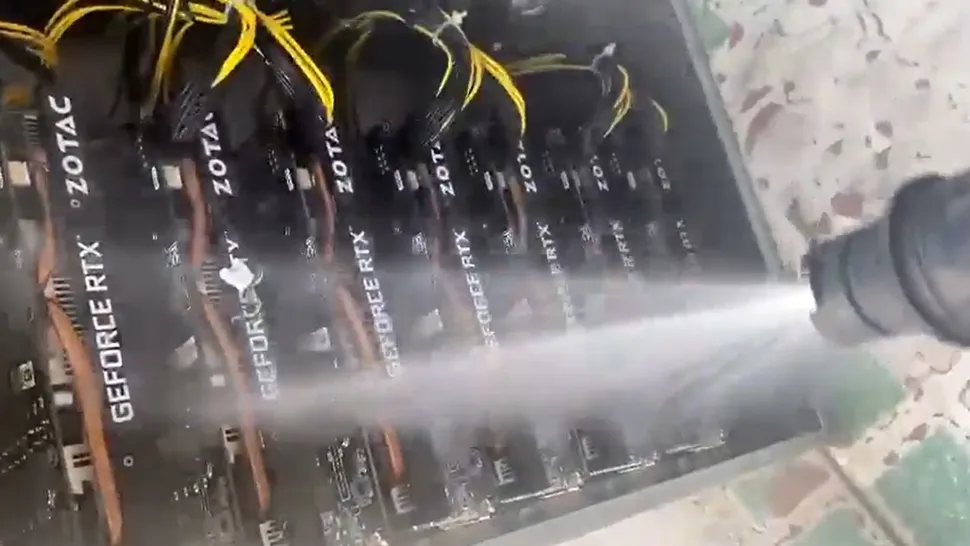This is one of the many risks with cards that were used in mining farms. They are abused heavily, as the goal of them is to bring the TGP value as close to the TBP value as possible while trying to maximize hash rat without delving well into the realm of diminishing returns.
Since GPU mining has a time factor to it (mining difficulty increases over time as the global mining hash rates increase, this creates a GPU compute arms race between miners, thus they end up running the cards very close to their thermal limits (fan curves focused on reducing TBP), and occasionally doing things like strapping an extra heatsink on certain parts of the board to provide a little extra cooling to a few DRAM chips that may be overheating. The goal iis to maximize profits over the entire planned length of time it will be spent mining, taking into account increases in mining difficulty, and all other factors are distant afterthoughts.
The end result is cards where the GPU and VRAM spend months of years very close to their thermal limits.
They will then behave like the NFT bros when it comes to sycophantic downplaying of the abuse of the cards, and try to make it like they downclocked the card by 80% and kept mining farm on Pluto to ensure that the cards would be kept cool. Though this is because they have a lot of money riding on a card that they minded on for years and then tricking people to spend close to MSRP for their used and abused cards.
This is similar to used car dealerships that attempt to resell a fleet car or "Program" car, which are card used in rental car fleets, where they are abused and rarely serviced before getting a bunch of maintenance done at the last minute before being sold. The sucker who ends up with the cae finds out a few months later wen they go in for an oil change, that the car burned 2+ quarts of oil and has lost most of its compression, before doing a surprised pikachu face when the mechanic wants like $10K to fix the engine.

 working conditions 60% or more. Beware radeon user never let sleep or shutdown your machine or you will have a cracked die
working conditions 60% or more. Beware radeon user never let sleep or shutdown your machine or you will have a cracked die
